Scientists have found a way to create propylene using a light-activated catalyst. The energy-efficient process could lower emissions to synthesise this widely used commodity chemical and aid industrial decarbonisation.
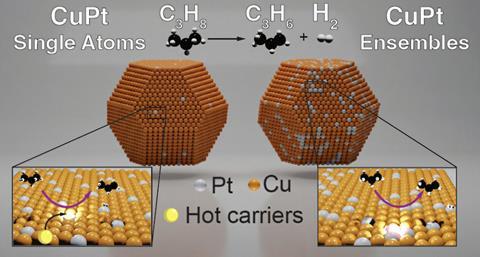
Propylene is the basis for the polymer polypropylene which is used in everything from clothing fibres to packaging and household goods. Annually, more than 150 million tonnes is produced and the combined synthesis of ethylene and propylene creates approximately 900 million tonnes of carbon dioxide. Chemists at Northwestern University have now synthesised a photoactive catalyst that can make propylene directly through propane dehydrogenation (PDH) – a method requiring milder conditions than conventional steam cracking. Non-oxidative PDH has been gaining popularity as it yields the desired product exclusively but carries challenges such as higher operational temperatures. ‘The chemical industry uses a lot of energy [that] comes from the combustion of fossil fuels,’ comments senior author Dayne Swearer. ‘This study was really trying to leverage the idea of using light to power chemical processes.’
The team nanoengineered an alloy of copper doped with platinum to harness the light from LEDs or the sun to convert propane to propylene. Copper is a well-established optical plasmonic material and platinum is highly effective at C-H bond activation, so the team decided to fine tune the material by changing the concentration of the bimetallic species. ‘People had looked at this particular material in the past, but nobody’s really shined light on it to see how that changes and manipulated these reaction pathways,’ says Swearer. Once they had created the catalyst, ‘that’s when we start doing our catalytic testing … shine the laser on and off while we have a certain temperature point… The idea is to reduce the temperature point at which we operate,’ explains lead author Emma-Rose Newmeyer.
They found that the atomically dispersed platinum sites were important for selectivity and reactivity – making the alloy less expensive – and engineering of the atomic sites could improve the catalyst over those that included more platinum atoms. ‘These experiments shed light on the fact that this was a photochemical process rather than a photothermal process,’ comments Newmeyer, emphasising that there is underlying chemistry happening at the surface. The single platinum atoms act as reactive hotspots which facilitate C-H bond activation, a critical step in converting propane to propylene. Experiments revealed improved reactivity at the platinum sites, enabling reactions at temperatures 50°C lower than was possible thermally. ‘This is an interesting finding that can potentially inspire new reactor concepts to reduce the overall temperature of operations while increasing conversion per pass,’ comments Jimmy Faria Albanese, catalytic materials researcher at the University of Twente, Netherlands.
The team now plans to explore several other directions. ‘We want to look at other natural gas species that are harder to activate and see what we can convert there,’ says Newmeyer, while Swearer adds that understanding that light modifies chemical pathways could be crucial in direct conversion of methane to propylene and hydrogen on an industrial scale.
Although Faria Albanese is optimistic about the prospects of non-oxidative dehydrogenation of alkanes, he is wary of the scalability of the new photocatalyst. ‘The activity seems to decrease substantially over short periods of time. This would likely limit the application of this system in a real industrial scale,’ he adds.
References
E-R Newmeyer et al, J. Am. Chem. Soc., 2025, 147, 11789 (DOI: 10.1021/jacs.4c14842)




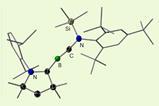
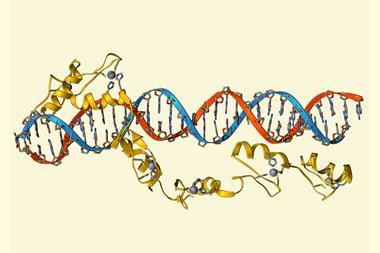


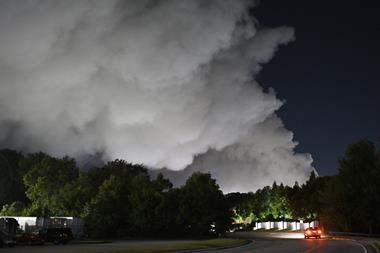

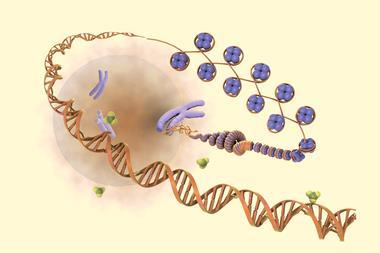
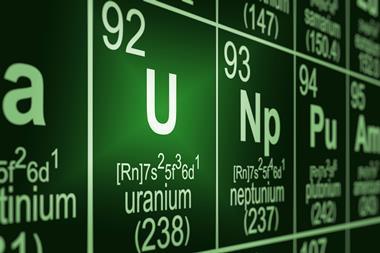





No comments yet